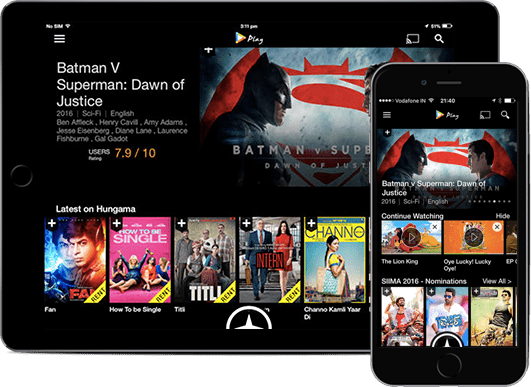So it’s RIP Vine and thanks for some enjoyable six second moments. Twitter’s short-form video app couldn’t compete with Facebook Live, SnapChat Stories et al. But there will be plenty more twists and turns before mobile video is ‘done’…
In March 2015, the tech press was gleefully reporting a war. Pundits had been breathless with praise for the new live streaming video app Meerkat. Here was the short form easy-to-use video blogging tool the people had been waiting for.
Then along came the big beast Twitter. Just as Meerkat launched, it unveiled an almost identical service, Periscope. The rumours were that Twitter had purchased the pre-launch video streaming company for $100 million just weeks before.

It seemed like such a smart move. At the time, Twitter was building its other video product Vine into something substantial (Vine let users film and post 6 second videos, as opposed to streaming video live). So it looked like Twitter was building an unassailable lead in what one might call micro-blogging, whether in text or video.
Well, it all seems like a ling time ago now.
One month ago Meerkat was pulled from the app store. The firm behind it – Life on Air – switched focus to a new product called Houseparty, which supports private group chat.
And then came the bigger bombshell. Last week Twitter confirmed “we’ll be discontinuing the mobile app, Vine.”
The video service was a casualty of Twitter’s decision to streamline and to lay of off nine per cent of its workforce.
But why Vine, when things had been going so well?
After all, as with Instagram, the platform had inadvertently become a genuine new media channel. It had its own stars. As recently as January, Business Insider was compiling a list of the world’s top Viners. It revealed the chart topper as KingBach with 15.8m people.
However, it quickly emerged that these stars were not happy. For a while, they became the darlings of brands and pulled in endorsement and sponsorship deals. But when that started to dry up, reports said they wanted Twitter to pay them.
Now, obviously, that’s not going to happen. The Viners will presumably focus on Instagram and YouTube.
 Of course, the other big reason why Vine and Meerket had to go was competition.
Of course, the other big reason why Vine and Meerket had to go was competition.
Essentially, all the major social networks realised they had to incorporate video inside their own platforms. You can’t have users and celebrity content makers posting pics and messages on your site, then nipping off to some other service when video is called for.
So Facebook launched Facebook Live, Instagram added video and SnapChat created 24 hour Stories.
Can Periscope survive?
Observers agree that Twitter did a better job integrating Periscope into its core service. In other words, it’s easier to embed a short live broadcast in a tweet and for followers to to share and comment.
Recent developments suggest Twitter sees Periscope’s future as a tool for professional broadcasters rather than hobbyists. It recently announced Periscope Producer, which it is testing with ABC, Telemundo, Fox, CBS, Disney and others.
What all of this proves is two things:
1. Video is absolutely central to the success of social media
2. The market isn’t even close to maturity yet
In a dramatic few days, everything changed. And there is still so much more to play for. Will VR video be a ‘thing’ soon? Will anyone ‘solve’ private video messaging? Can video be monetised without ruining the viewing experience?
Mobile has been chewing on these topics since 3 launched SeeMeTV (one for the industry veterans) and MoFilm tried to turn short movies into an art form. It will be some time before the model is mature and the credits roll.



